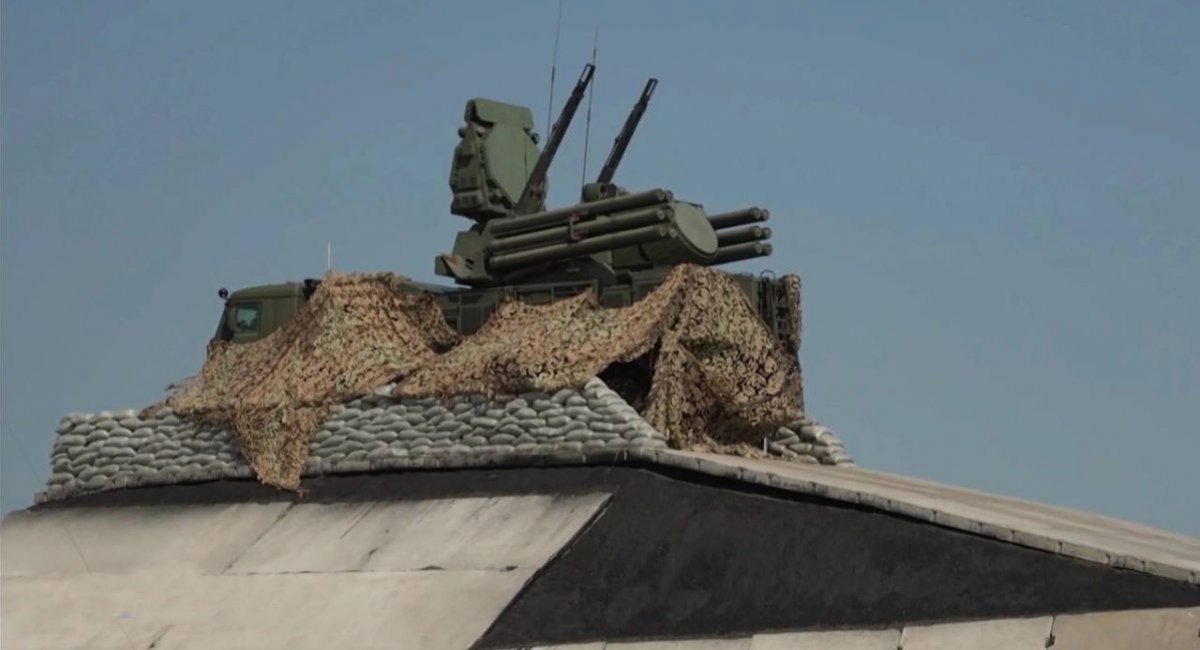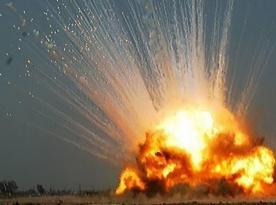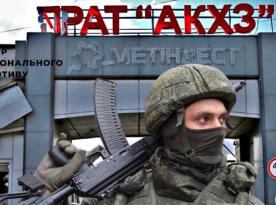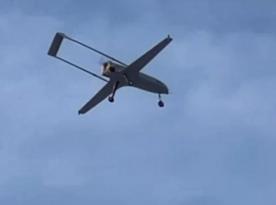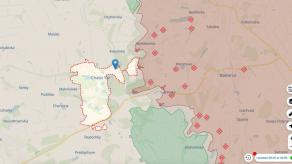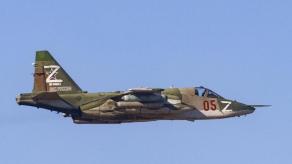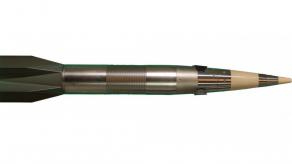After over a dozen successful drone strikes on their oil refineries, russian authorities started to voice out the need to protect the facilities from these attacks. Despite the drone attacks beginning and becoming apparently systematic as early as February, such a delay to react could be mainly due to the russian tradition of reporting that all the drones were successfully shot down, even to the Kremlin.
Either way, Moscow decided to do something about it and deploy Rosgvardiya gendarmerie troops and Pantsir surface-to-air missile and artillery systems to protect oil refineries, as announced by the russian Ministry of Energy. Still, important deployments like this take not only time for the physical transfer of assets but a whole set of decisions and measures to be done before the air defense can enter on duty.
Read more: russia Will Deploy Pantsir Systems to Oil Refineries and Energy Facilities, but They Are Already There

Firstly, let's take note that being an internal force, it's not standard for Rosgvardiya to have any Pantsir systems. However, we should not rule out that any rearrangements took place within this agency since the beginning of a major military campaign against Ukraine in 2022 which were not reflected in the media.
Now, speaking of the time needed to put them into operation, a similar situation unfolded in the summer of 2023 in Moscow. At that time, on July 30, the skyscrapers of the business district called Moscow-City were attacked by kamikaze drones for the first time.
Looking back at it now, one purpose of those strikes was to work out the technique and tactics of such attacks. Moscow in that regard became an excellent proving ground as an area with utmost protection provided by anti-aircraft and electronic warfare systems, and the skyscrapers of the district in the middle of the city were convenient targets because the results of each attack could be easily found on social media and other sources.
Repeated strikes continued through August and by early September, the russian officials reported they were creating new sites for anti-aircraft defense around Moscow, even building structures similar to Flakturm towers from the Third Reich times to place Pantsir systems on top.
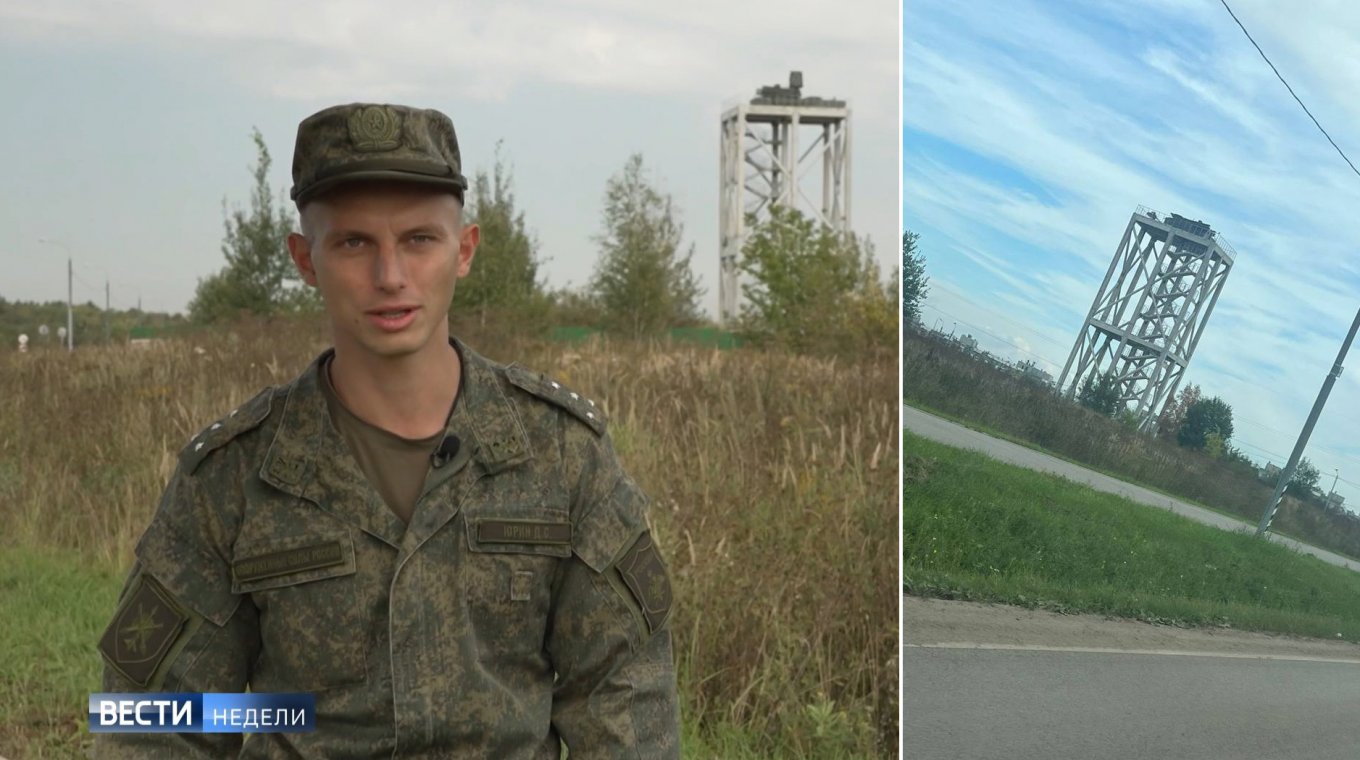
The example with Moscow demonstrates that one month is a quite realistic timeframe for the Kremlin to react and complete necessary preparations, including allocating enough units that had to be removed from other deployment areas and fielding them in a new location.
And that is where russia may have problems because to defend Moscow, they went as far as to withdraw the rare "Arctic" Pantsir systems from their usual operating zones. In other words, as of summer 2023, the russian federation already had no extra anti-aircraft equipment and air defense units to spare, so they had to be drawn from active service in other directions.
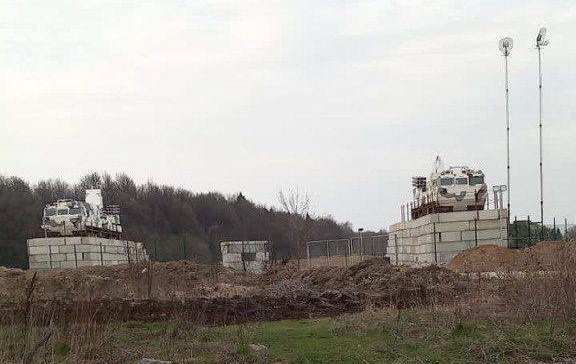
That said, even if the russian army had no Pantsir systems at all, air cover for oil refineries could be guaranteed by ZU-23-2 anti-aircraft and ordinary large-caliber machine guns in the hands of hastily trained personnel. Although their effectiveness will be significantly less than that of a full-fledged anti-aircraft missile and artillery system with a skilled crew.
On a final note, the capability of Ukrainian kamikaze drones to reach 1,000 km into the russian rear not only opens wide geography for potential strikes but also allows switching from one target to another. While russians are spending resources on covering one oil refinery, Ukrainians can turn their focus toward other, no less important strategic objects in russia.
Read more: What Does Lyutyi Ukrainian Drone, which Destroys russian Oil Refineries, Consist of?



